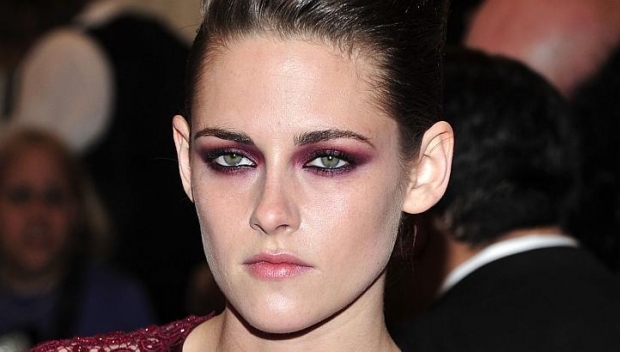Mixed reviews greeted Ang Lee’s long anticipated “Billy Lynn’s Long Halftime Walk” at the New York Film Festival on Friday night, casting further doubts over the promise of Hollywood’s latest technological savior: high-frame rate filming.
The premiere was one of the fall movie season’s most closely watched events because Lee’s drama, an adaptation of Ben Fountain’s 2012 novel, was made with a faster frame rate than any previous wide release. Aside from being in 3-D and 4K resolution, Lee shot the film -- about an Iraq War hero on a victory tour at an NFL game -- at 120 frames per second, five times the traditional 24 frames per second.
It’s a gambit Peter Jackson tried at a mere 48 frames per second with “The Hobbit” trilogy, earning bad reviews in the process. James Cameron has hailed it as the future, and has said he will use it in “Avatar” sequels. But the technology is nascent. Lee’s film, which Sony Pictures will release Nov. 11, is so new that there are only two North American theaters (one in New York, one in Los Angeles) that will be able to project it as crafted. Other theaters will screen different versions.
 |
Kristen Stewart (AFP-Yonhap) |
For the film’s New York Film Festival debut, festivalgoers were transferred across the street from Lincoln Center to a multiplex that was specifically outfitted for the premiere. Lee did not try to hide his nerves.
“I’ve done this a lot but you can see I’m nervous,” Lee said before the screening. “I feel like I’m exposed to the high-frame rate, 3-D, high-resolution camera. I can sort of feel for our actors.”
The effect of the format is a hyper-realness that can look, despite its clarity, like video. Backgrounds are so visible that they can appear artificial, while the closeness with the actors can create an unfiltered intimacy. The cast (led by British newcomer Joe Alwyn as the title character, along with Garrett Hedlund, Kristen Stewart, Steve Martin, Chris Tucker and Vin Diesel) performs largely without makeup.
“There’s nothing more we’re craving for than studying each other’s faces,” Lee said. “They deserve this kind of look.”
Lynn’s previous film, “The Life of Pi,” became a global blockbuster -- pulling in $609 million worldwide at the box office -- that left audiences marveling at his use of 3-D. “Billy Lynn” is also unusual in that it is part war film, part character study -- not the kind of movie usually outfitted with digital wizardry.
Instead, Lee employs the technology in pursuit of an immersive first person-like point-of-view, contrasting Lynn’s travels through a football stadium with flashbacks to battle. It is a satirical commentary on the divide between real warfare and hollow patriotism at home. It is a big bet for Sony, although the film’s budget of $40 million is relatively small by studio standards.
Though Lee (“The Ice Storm,” “Crouching Tiger Hidden Dragon”) is one of the most respected and lauded filmmakers in Hollywood, initial reactions to his latest work were not especially positive. Critics in the crowd were decisively against the high frame rate. In a brief Q&A following the film, the cast, which was seeing the film for the first time, also appeared unsure of how to react to the new format.
“After the movie stopped, after we saw the credits, everyone was just kind of like a deer in headlights, just shocked by the experience the technology allows you,” said Diesel.
Lee appeared to realize the film would require an adjustment for audiences. He pleaded for patience, saying after the screening, “It’s new to our eyes.” Lee said he, too, needed to relearn directing and how he coached actors to accommodate the format. But he argued that “Billy Lynn” is only the beginning for high frame rate cinema.
“I found clarity is very soothing,” Lee said of the images. “Our eyes do want it.” (AP)





![[Weekender] Korea's traditional sauce culture gains global recognition](http://res.heraldm.com/phpwas/restmb_idxmake.php?idx=644&simg=/content/image/2024/11/21/20241121050153_0.jpg)


